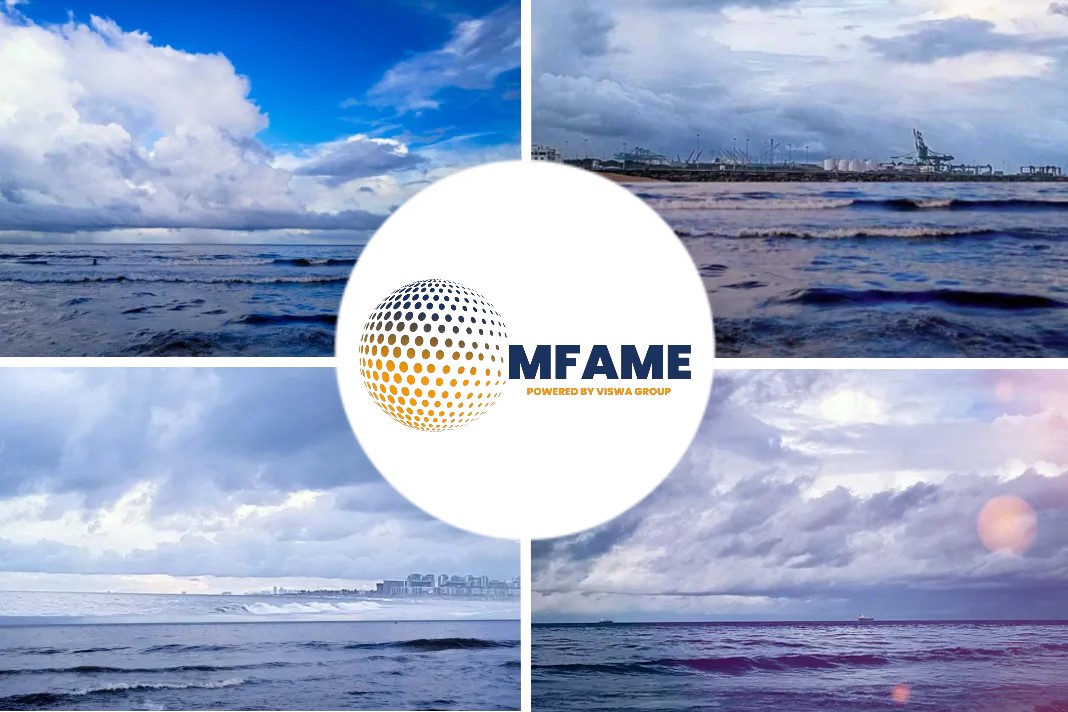Shipowners’ focus on 2030 carbon cut target says an article on Lloyds List.
New Environmental Challenge
Political pressure on shipping is forcing owners to intensify their search for the best energy and engine combinations to meet IMO deadlines
The shipping industry faces a new environmental challenge to sharply reduce its carbon dioxide emissions, following the commitment to cut sulfur in marine fuels to 0.5% in January 2020.
The International Maritime Organization regulation, which lowered the sulfur content of marine fuels burned in international waters to 0.5% from 3.5%, was, by and large, smoothly implemented.
The IMO’s next environmental targets will require vessels to reduce their CO2 intensity by 40% by 2030 and by 70% by 2050 compared with 2008 base levels.
Separately, the European Union voted in September 2020 to include shipping in its Emissions Trading System starting in January 2022, although the legal text has yet to be finalized.
The ETS is a mandatory CO2 cap and trade system which would apply to European and international vessels traveling in EU waters.
VLSFO
Burning 1 tonne of very low-sulfur fuel oil (VLSFO) emits about 3.15 tonnes of CO2. Argus assessed ETS CO2-equivalent emissions at $49 per tonne and Rotterdam VLSFO at $474 per tonne average in March 2021. In this instance, paying for CO2 emissions will raise the price of VLSFO by $153 per tonne, or 32%.
To lower carbon emissions, shipowners have been looking into more energy-efficient engines and experimenting with an array of low-carbon fuels and batteries.
LNG is the most widespread current alternative fuel. There are nearly 200 vessels sailing worldwide powered by LNG, according to classification society DNV, and there are nearly 300 currently on order.
LNG bunker sales in the world’s biggest LNG bunkering hub, Rotterdam, tripled in 2020 to 210,000 cu m from 72,000 cu m in 2019. This meant LNG accounted for just over 2% of Rotterdam’s total marine fuel sales.
LNG emits 15%-21% less CO2 than 0.5% fuel oil, but using grey LNG alone is not enough to meet the IMO’s 2030 goal. There are also concerns with LNG about methane slip, a much more potent greenhouse gas than CO2.
Grey ammonia
Even though grey ammonia does not emit CO2 at burning, it generates CO2 during production, from using fossil fuels such as natural gas or coal as feedstocks.
For this reason, shipowners are interested in green ammonia, produced using carbon-neutral sources such as wind and solar power, but its price is much higher at present than grey ammonia.
It is likely that a combination of measures, including new fuels and better efficiency, will be needed to meet the IMO’s CO2 targets, but with political pressure mounting to meet ever more ambitious targets, shipping will continue to come under scrutiny to play its part.
Did you subscribe to our daily newsletter?
It’s Free! Click here to Subscribe!
Source: Lloyds List


















